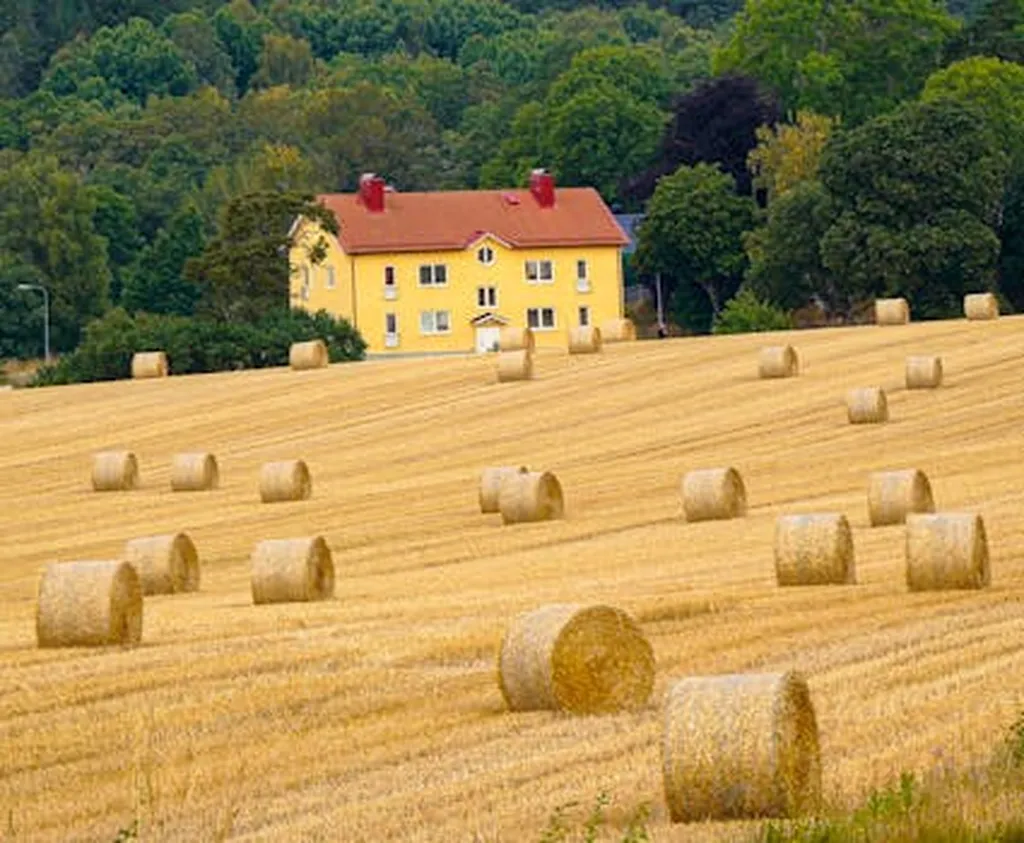In the heart of Michigan, researchers are cultivating a smarter, more sustainable future for agriculture. Adnan Shaout, a leading mind from the University of Michigan-Dearborn, has spearheaded a project that could revolutionize how we approach crop growth and environmental management. The system, dubbed SmartGrowth, is an intelligent environmental control and alert mechanism designed to optimize crop yield while minimizing costs and environmental impact.
SmartGrowth is not just another agricultural tool; it’s a sophisticated system that leverages cutting-edge technology to monitor and control key environmental factors. “Our goal is to create a system that can think and act autonomously, ensuring optimal conditions for crop growth,” Shaout explains. The system uses an array of sensors to monitor temperature, humidity, soil moisture, and light, providing real-time data that informs precise environmental control.
At the heart of SmartGrowth lies the STM32 microcontroller, a powerful yet energy-efficient component that drives the system’s operations. Paired with FreeRTOS, a real-time operating system, the microcontroller enables seamless environmental monitoring and control. The system’s intelligence doesn’t stop at monitoring; it also alerts farmers to any irregularities, allowing for prompt intervention and minimizing potential losses.
The implications of SmartGrowth extend far beyond individual farms. In an era where sustainable agriculture is no longer a choice but a necessity, systems like SmartGrowth could play a pivotal role in enhancing resource efficiency and reducing environmental impact. “We’re not just talking about increasing crop yield; we’re talking about doing so sustainably,” Shaout emphasizes.
The potential commercial impacts are substantial. By optimizing crop growth and minimizing resource waste, SmartGrowth could significantly increase profitability for farmers. Moreover, the system’s ability to monitor and control environmental factors could have broader applications in the energy sector, particularly in managing energy consumption and optimizing energy use in agricultural settings.
Shaout’s research, published in the Journal of Engineering Research and Reviews (translated to English as “Journal of Engineering Research and Reviews”), is a testament to the power of interdisciplinary innovation. By combining agricultural science, environmental engineering, and advanced technology, Shaout and his team have created a system that could shape the future of smart agriculture.
As we stand on the brink of a new agricultural revolution, systems like SmartGrowth offer a glimpse into a future where technology and sustainability go hand in hand. The journey is just beginning, but the potential is immense. With further research and development, SmartGrowth could pave the way for a new era of intelligent, sustainable agriculture, transforming not just how we grow our crops, but how we interact with our environment.

